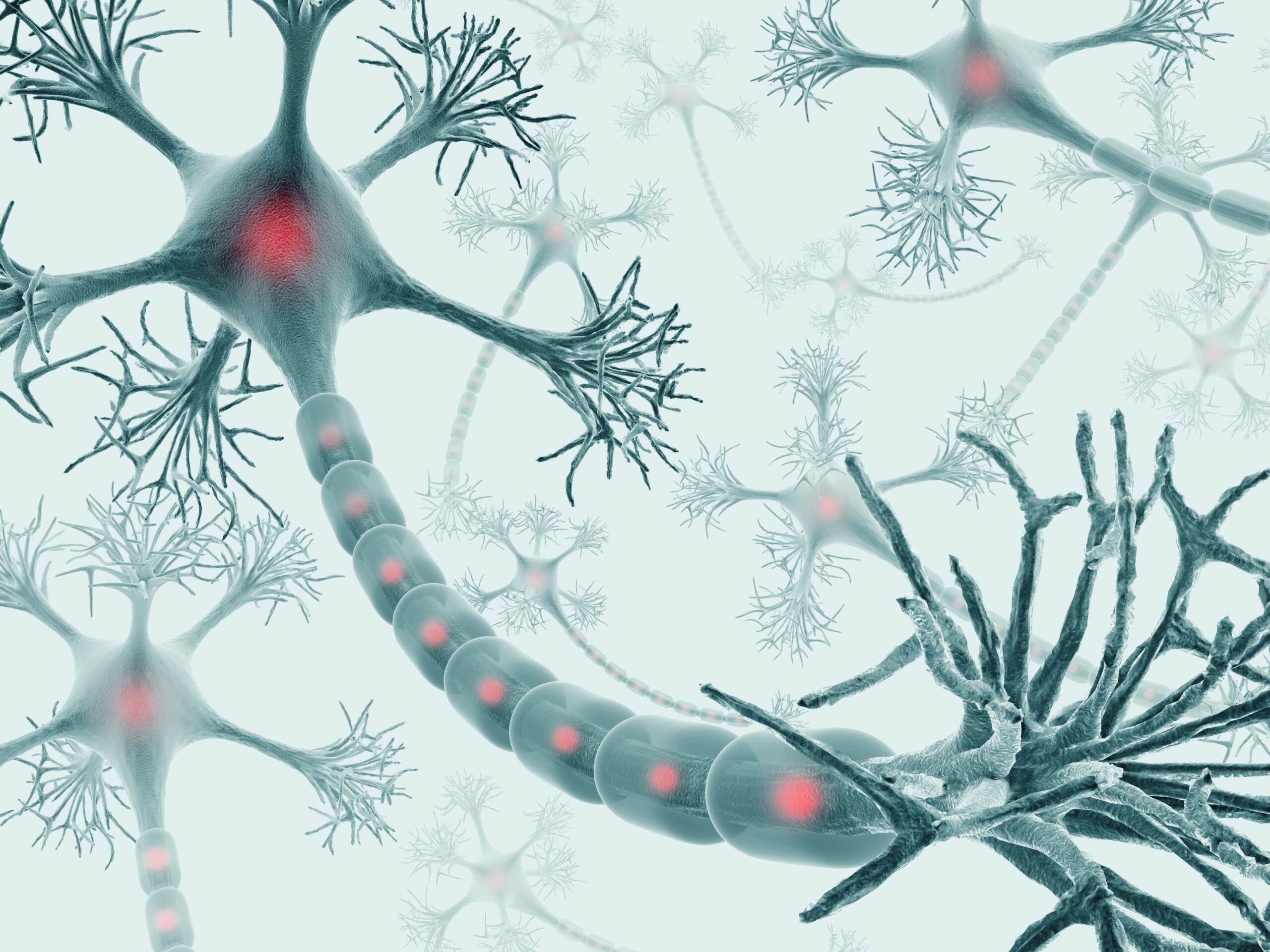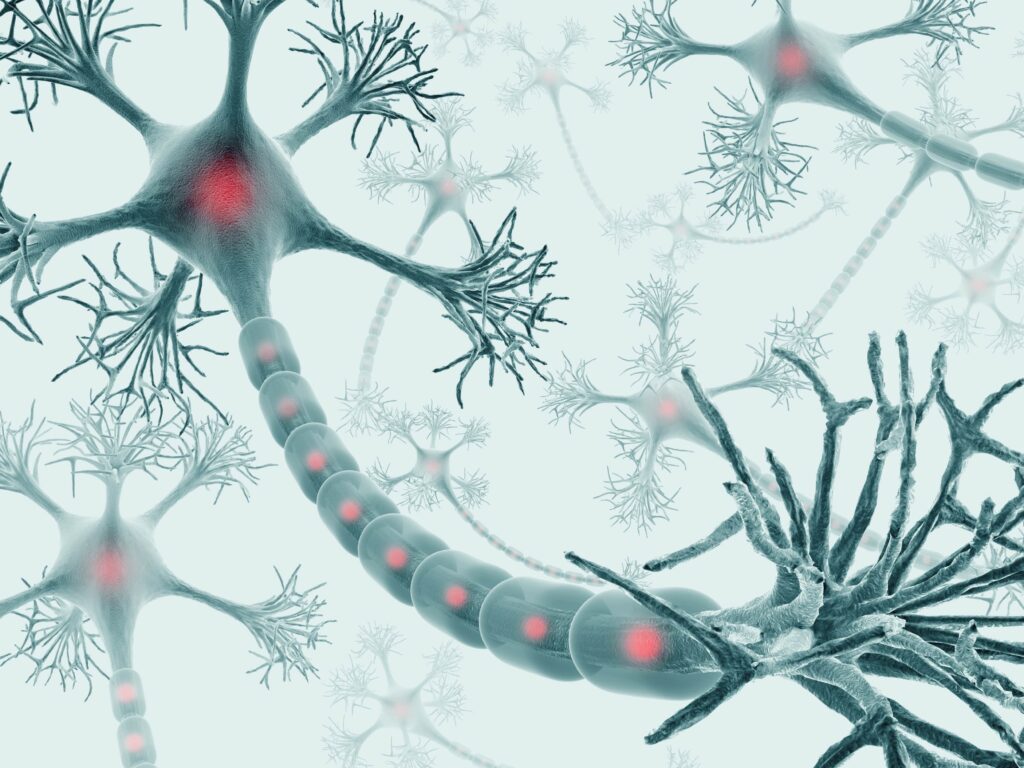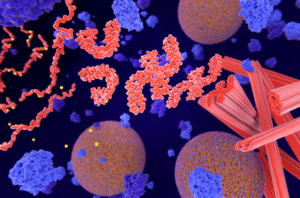The quest for early detection and intervention in pediatric neurological disorders has taken a significant leap forward thanks to a recent breakthrough study published in The Lancet Neurology. The study identifies the use of serum neurofilament light chain (NfL) as an effective predictive biomarker for neurological disorders like multiple sclerosis (MS) in children, capable of detecting nerve damage even in asymptomatic cases. This breakthrough may have the potential to revolutionize the way that pediatric neurology is able to detect and treat MS and other neurological conditions in children.
Critical Early Intervention
Multiple sclerosis (MS) is a chronic and unpredictable immune-mediated disease affecting the central nervous system. When a person suffers from MS, their immune system attacks the myelin, the fatty substance that insulates nerve fibers. After the myelin is damaged, messages that travel along these nerves can be slowed or blocked, leading to a range of symptoms, which can include muscle weakness and pain, loss of coordination or balance, cognitive or memory symptoms, fatigue, vision and sensory loss, and more.
In order to mitigate symptom development and potential disability in neurological diseases like MS, early intervention is critical. Indeed, researchers have emphasized the importance of finding methods to predict disease activity and monitor treatment response in MS.
In 2022, science celebrated an important step towards this goal when a study was published demonstrating that NfL — a structural protein found in nerve cells — could be used as an effective predictive biomarker for adults with MS. Not only did the study find that NfL might help predict future disease activity in adults with MS, but also that it could help evaluate treatment response.
Now, thanks to a groundbreaking study published in The Lancet Neurology, scientists have data to show that NfL can be used as a reliable predictive biomarker for MS in children as well.
A Useful Biomarker for Children with Multiple Sclerosis
The research study included 2,667 healthy children and 220 pediatric neurological patients: 142 of them diagnosed with MS, and others with conditions including epilepsy, traumatic brain injury, bacterial infections of the nervous system, and myelin oligodendrocyte glycoprotein antibody-associated disease (MOGAD).
NfL levels were measured in blood samples from participants using the method established and approved last year for use with adults. The researchers then established reference ranges of NfL in children, both with and without neurological diseases, providing a necessary baseline for comparison and diagnostic interpretation in pediatric populations.
The researchers found that in healthy children, NfL levels tend to fall as children age. They are highest shortly after birth, then gradually decline year by year, decreasing by 6.8% annually until the age of 10, when they stagnate. The average NfL level for healthy children was 4.8 pg/mL. In comparison, children with MS displayed significantly elevated NfL levels, averaging 21.2 pg/mL. The biomarker was also higher in other neurological conditions, albeit to a lesser extent than in children with MS.
Looking to the Future
Recently developed treatments have shown significant promise in stabilizing disease progression in MS, but their efficacy depends on timely administration. With effective predictive biomarkers like NfL, doctors may be able to diagnose the disease early — and treat it early. This, many researchers believe, is key in slowing or stopping symptom development and preventing disability.
Ultimately, these findings underscore the potential of NfL as a predictive biomarker that could revolutionize the diagnosis and management of neurological conditions like MS. As Ahmed Abdelhak, MD, clinical instructor of neurology at UC San Francisco, clinical instructor of neurology at UC San Francisco, a member of the Weill Institute for Neurosciences and a first author of the paper, explains, “NfL can tell doctors how to manage MS after a diagnosis is made and treatment is started. If NfL is high in a child, even if they appear well, it suggests the disease is not stable and other treatment strategies should be considered.”
Further research and validation of NfL as a predictive clinical biomarker are warranted to fully realize its potential in pediatric care. But the ability to detect early nerve injury through NfL monitoring could revolutionize the field of pediatric neurology, enabling timely interventions, optimized treatment strategies, and improved long-term outcomes for children with neurological conditions.
Scantox is a part of Scantox, a GLP/GCP-compliant contract research organization (CRO) delivering the highest grade of Discovery, Regulatory Toxicology and CMC/Analytical services since 1977. Scantox focuses on preclinical studies related to central nervous system (CNS) diseases, rare diseases, and mental disorders. With highly predictive disease models available on site and unparalleled preclinical experience, Scantox can handle most CNS drug development needs for biopharmaceutical companies of all sizes. For more information about Scantox, visit www.scantox.com.










